Lessons learned from running a campaign for mediation training class (Part 1)

It all started when I received an email from Steven asking me to spread the word about his upcoming mediation training. He got awesome testimonials! People are enjoying his training.
I could have published a post on my LinkedIn page or Twitter, but I knew that I didn’t have many connections based in or close to where the training is taking place. My social media post will reach people who are either not interested or too far away from the location.
Basic and advanced mediation training are both very niche. Not everybody is considering taking a mediation course: it’s not like meditation where thousands of people are lining up for classes every day.
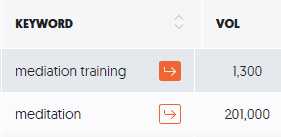
Almost simultaneously, I got requests from other mediators to “spread the word” about their mediation training… seems to me like the competition is getting harder! In recent years, it has become harder to fill the class: there are simply too many competitors out there.
Mediator trainers used to have 30 students easily but are now doubling the efforts to have a class of 20 students.
Yes, I can forward the email to my contacts and share it on LinkedIn and other social media websites… but I think that’s no longer enough to have enough participants for his upcoming training (at least from what other mediators are telling me).
So how can I help attract more students to a mediation training class?
1. How to get clients?
Like any other business, there are multiple channels to drive leads to your mediation training:
- Word of mouth
- Sending letters
- Phone calls (cold calls)
- Posting flyers in places where prospects might be
- Posting on social media (LinkedIn, Twitter, Facebook etc.)
- Buying a spot ad on specific mediation portals
- Including a paid link in newsletters
- Emailing a contact list
Almost any mediator-trainer is doing all above but isn’t getting the required participants.
Hence, I’ve decided to help Steven using paid ads to get participants. In this new article series, I’ll give you the step by step guide with all details so you can do it yourself, if you wish to.
Warning: This is a non-technical article; I will go through the fundamentals herein so you can follow me along through the technical details later on in the next articles.
So, let's see some of the ads.
Head to Google and type “mediation training xxxx”. Replace xxxx with your city.
We will use Google because it owns more than 90% of the search market!
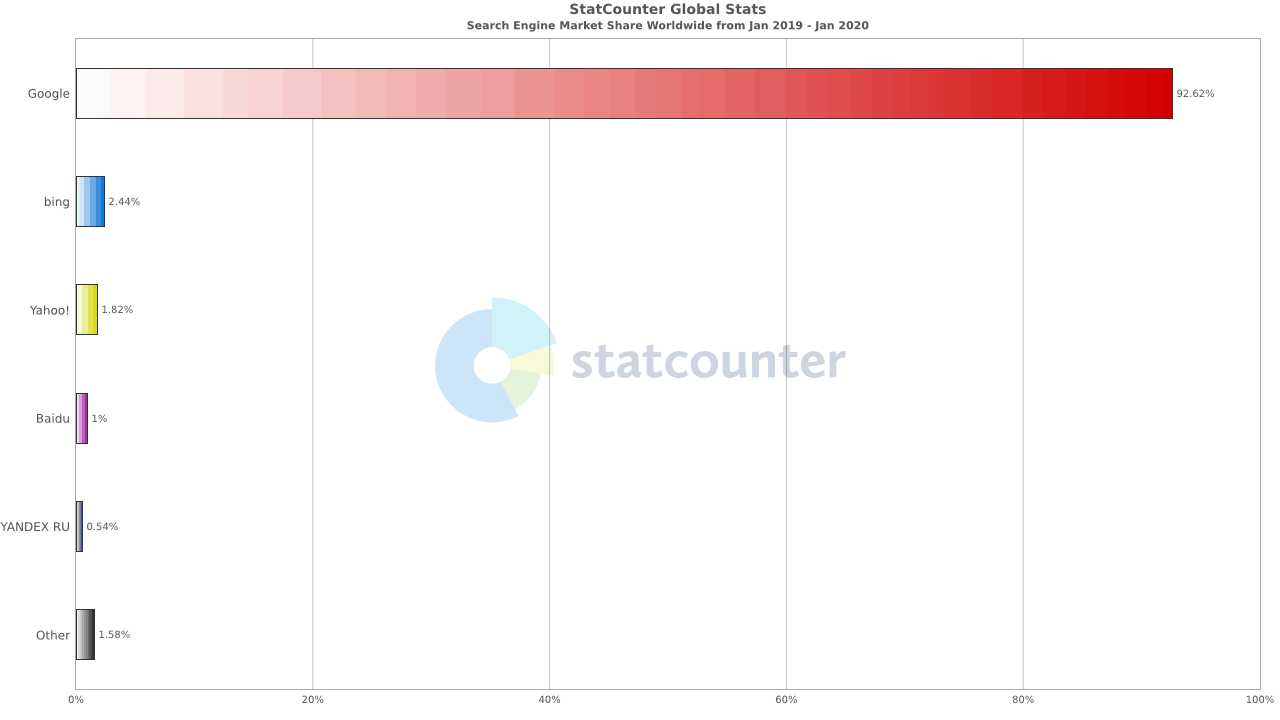
Depending on where you are (your City, Country), Google will show a result page like this one: (we call it a SERP “Search Engine Page Result”)

As you can see, there are mainly 2 sections:
The organic results
& the paid results (also known as sponsored)
In a nutshell:
2. Organic results
Organic results are results that Google (or any other search engine like Bing, Yahoo! Duck-Duck-Go ..) will show, based on their proprietary algorithms, relevant posts to the search terms (the words you use to search)
We generally call this Search Engine Optimization (SEO). It’s the practice of “optimizing” website pages so that the search engine finds them and indexes them to show them to relevant searchers.
It’s rewarding to show-up on the first page, because 75% of users will never scroll past the first page on a Google search.
And it’s even much more rewarding if the post shows up in the first 3 spots:
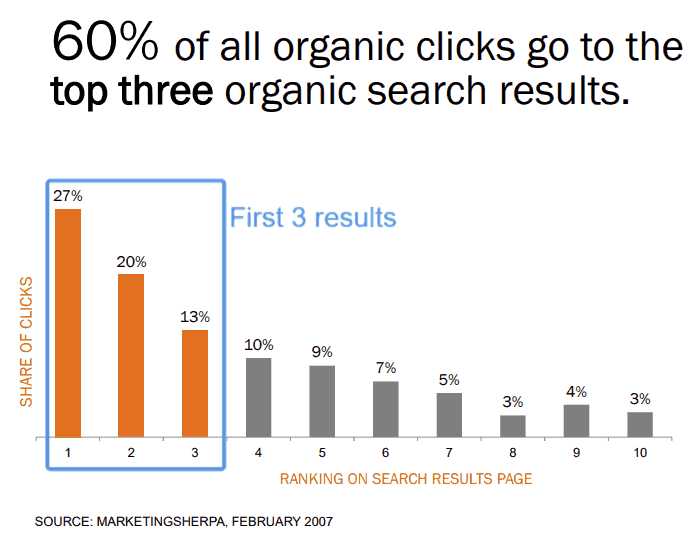
But there’s a caveat here:
It’s very hard to be in the top searches; that’s why people can make a career out of Search Engine Optimization (SEO), using multiple hacks to appear first. Plus, it takes too long to rank higher in Google. A classic average mediation website doesn’t have the power to rank on the first page of Google for the best rewarding keywords.
You can spend $$$ to optimize and show-up on the first page. Work doesn’t end there: you need to work hard to maintain this position (there are others doing exactly the same thing: competition never ends). It’s known that SEO gives results after long time (i.e. months)
SEO is NOT free: it takes time & effort to be able to show in the first page of Google.
3. Paid results
The paid results: this is how Google is making billions (check out the chart below to see the steady revenue progress during last 5 years for Google). It’s the Pay Per Click (PPC) system: the advertisers will pay Google every time a visitor clicks on their ad. Advertisers are buying visits to website rather than waiting for them to come organically.
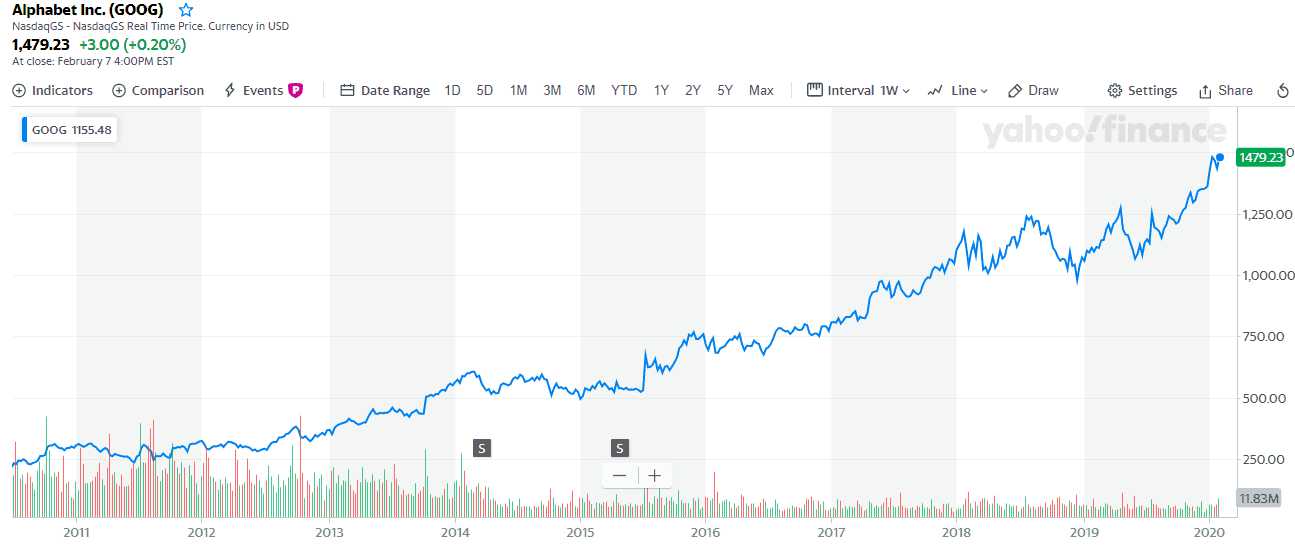
Advertisers are bidding on ad placement in a sponsored links section of the SERP when someone searches on a keyword that is related to their business offering. Every time an ad is clicked, sending a visitor to the website, the advertiser has to pay Google (or any other search engine) a “small” fee.
Small is relative. See how much a personal injury attorney would pay for a click to advertise his service (data from Google US):
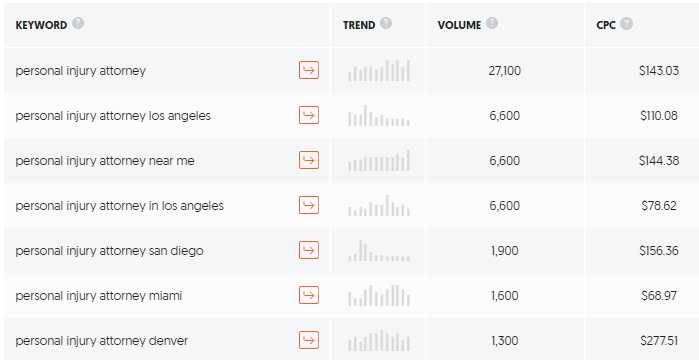
If there are businesses who are paying $143 for a click ($277 in Denver, not necessarily a lead! it's just a click!), and continuing to pay, that tells us that they are making so much money that they can afford it. We’ll talk about this in the ROI paragraph.
Advertising in the law field (alongside with other business services, mortgage, insurance etc..) is one of the most expensive and competitive; fortunately, Mediation/Alternative Dispute Resolution fields are not!
As opposed to the organic method, PPC is known to provide immediate results: you pay to rank higher immediately.
4. Mediation training PPC
Let’s focus on the paid results
Basically, there are two types of PPC:
"search intent-based ads": meaning that anyone entering a search term in Google to look for a mediation training is, most probably, actively considering taking a class. He’s in a consideration stage.
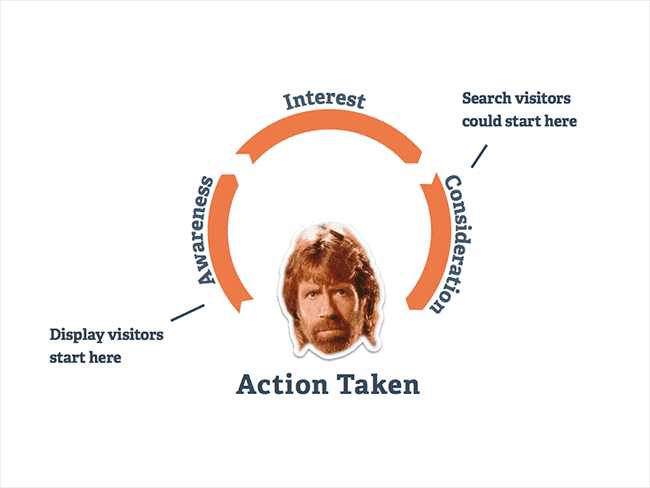
"Display ads”, also called banner ads (like those for Twitter, Facebook, LinkedIn, ads inside blogs in the form of a banner...) display an ad to a person who is not necessarily looking actively for it. You are scrolling down your social feed (LinkedIn page) and you see promoted posts that you are not searching for. These are powerful because they are “interrupting” your normal flow of thinking and introduce you to new things that you didn’t think about beforehand.

In general, search intent ads tend to convert better: someone is searching for a mediation training is most probably close to contact you than someone who was interrupted by an ad while he was surfing his feed
That being said, it’s hard to determine the exact search intent for a searcher; although he's typing in Google "mediation training in LA", it's not clear in which stage of awareness he seems to be in regards to mediation training. We can’t be sure if he's looking for a free or a paid class, now or in the future.
Let’s go back to SERP for the search “mediation training”:

If we click on the first paid link, we will land on this page:

This is the landing page where we should find all the information since the ad doesn’t allow too much information.
In the next articles, I will be detailing the best practices for writing an ad post and designing a landing page that converts:
- The ad design:
- how to choose the title
- What URL to insert
- how to write the description
- How to add the snippets
- Landing page:
- What’s the goal of a landing page
- What information to put there
- The call to action
- How to push visitors to take the action you want them to take
- How to increase the conversion (percentage number of visitors applying to your training/number of visits to landing page)
5. How to Track the ROI of Your Online Advertising Campaigns
ROI stands for return on investment. Let’s look at an example ROI for a mediation training class ad
Let’s define the:
- Revenue from one participant:
let’s assume that the student will pay $1000 for the 40 hours mediation training. Let’s assume that $200 will be used to pay the hotel (training room plus the coffee break) and the training material. So, the revenue per student is $800.
- The acquisition cost of one student:
Depending on your marketing channel, it could be:
- $0.00 (word of mouth, networking, referral)
- The fraction of $ if you’re paying for any advertisement (total cost of advertisement divided by the number of students)
Let’s see what’s the cost if we use the PPC:
For now, I will use $10 per click, later I will show you how to find the exact cost per city, state, country and channel (i.e. Google, LinkedIn, Twitter, etc.):

So, assume the cost for ONE click on the ad is: $10.00
Conversion: assume a rate: 10%. i.e. If 10 visitors click the advertised post, 1 will convert to a client (student)
Cost of acquisition of ONE student ($ spend on the ads): 10 visitors x $10 = $100
So, in this example, you could turn $100 into $800 and thus multiply your invested money.
Of course, it’s preferable that you acquire students through organic channels because the cost of acquisition is $0.
Given the time it takes to get students in mediation training classes through classic channels, it’s up to you to decide whether you spend $100 to make $800 or not.
Organic or paid? ==> you decide
6. Avoid PPC Pitfall: Ads relevance
Let’s now see the issues we found on the paid advertisements:
I’m looking for a mediation training and this ad is showing for MediTATION: this ad is not relevant to my intent. If I click on the post, Google gets paid but the advertiser is just throwing money!

We will see how to avoid these pitfalls.
Search for this term: “free mediation training Los Angeles”

You’ll notice here that I’m looking for a FREE training: Google was smart enough to show me the link to the community mediation program (which is probably giving free mediation training). But the advertisers are ignoring “my intention”: I’m looking for a free training. Again, if I click on one of the paid ads, Google gets paid and advertisers are throwing away money!
To make it clearer, try a search for: free mediation service Los Angeles (so I’m looking for a pro bono mediator)
You will see 3 ads totally irrelevant to my search intent (including the 2nd one because it's actually it's a paid service!):

Again: throwing money!
So, the first rule in a PPC is the relevance of the result to the searched term.
In a next article I’ll explain in detail the Do’s and Don’ts with many examples.
For now, please share your experience (good or bad) with paid ads for mediation training. Do you think it could bring you a good ROI? What are your numbers?

